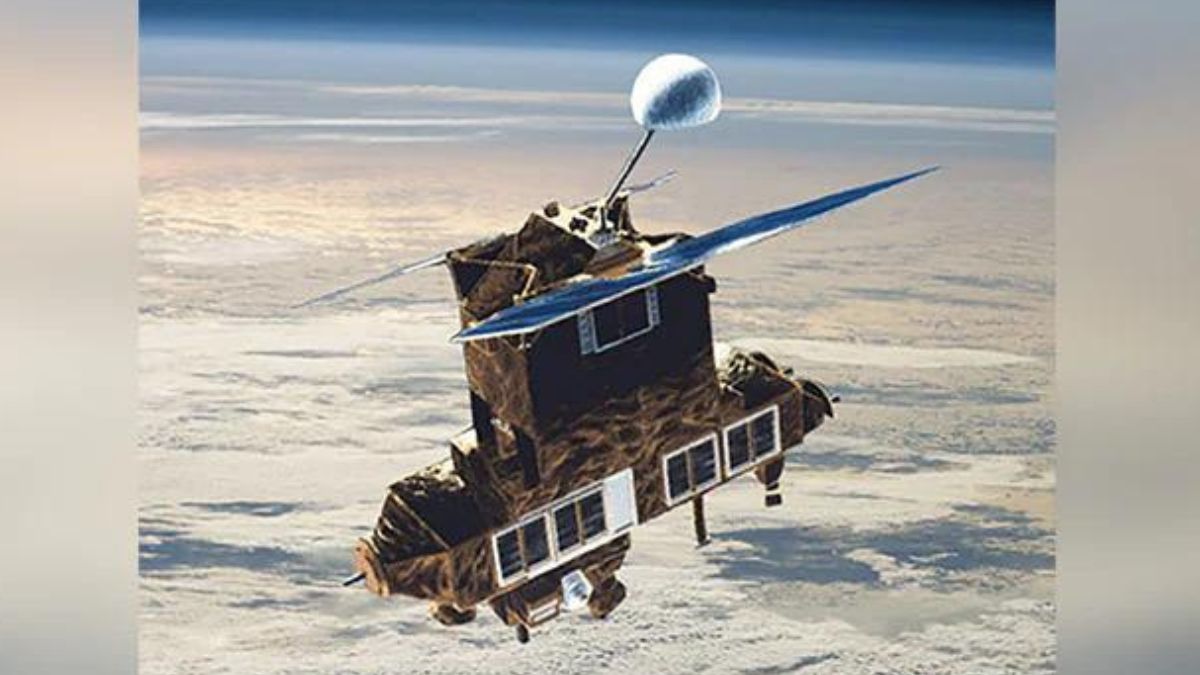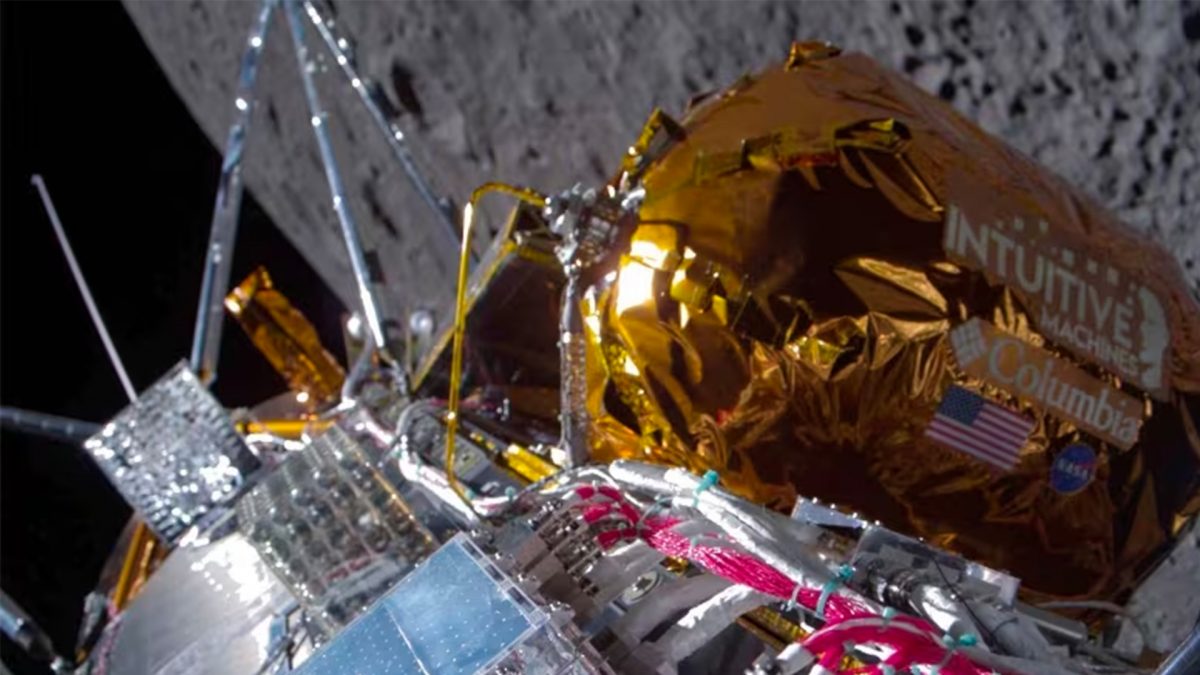Berlin/Frankfurt: The European Space Agency landed a probe on a comet on Wednesday, a first in space exploration and the climax of a 10-year-odyssey, but an anchoring system problem may hamper planned investigations into the origins of Earth and the solar system.
The 100-kg (220-pound) lander - virtually weightless on the comet’s surface - touched down on schedule at about 1600 GMT after a seven-hour descent from its orbiting mothership Rosetta, now located a half-billion kilometres (300 million miles) from Earth.
But during the free-fall to the comet’s surface, harpoons designed to anchor the probe, named Philae, failed to deploy. Flight directors are considering options to ensure the lander does not drift back into space.
“The lander may have lifted off again,” Stefan Ulamec, Philae lander manager at the DLR German Aerospace Center, told reporters. “Maybe today we just didn’t land once, but landed twice. Hopefully we are sitting there on the surface… and can continue our science sequence.”
Scientists hope that samples drilled out from the comet, known as 67P/Churyumov-Gerasimenko, will unlock details about how the planets – and possibly even life – evolved, as the rock and ice that make up comets preserve ancient organic molecules like a time-capsule.
Comets date back to the formation of the solar system some 4.6 billion years ago. Scientists suspect impacting comets delivered water to early Earth.
“How audacious, how exciting, how unbelievable to be able to dare to land on a comet,” NASA’s director of Planetary Science, Jim Green, said at the European Space Operations Centre in Germany after the successful touchdown.
Manmade craft have now landed on seven bodies in space: the moon, Mars, Venus, Saturn’s moon Titan, two asteroids and comet Tempel-1, which was hit by a NASA probe.
Among several records set by the mission, Rosetta has become the first spacecraft to orbit a comet rather than just flying past to take pictures.
Rosetta reached the comet, a roughly 3-by-5 km rock discovered in 1969, in August after a journey of 6.4 billion km that took 10 years, five months and four days - a mission that cost close to 1.4 billion euros ($1.8 billion).
“What really nails this experience for me are the images,” Daniel Brown, an expert in astronomy at Nottingham Trent University, said via email after three-legged Philae had relayed data and images back to Earth as it moved toward the comet.
“Especially exciting will be getting the results of the samples recovered from below the surface and seeing their chemical composition,” he said.
Reuters


)




)
)
)
)
)
)
)
)